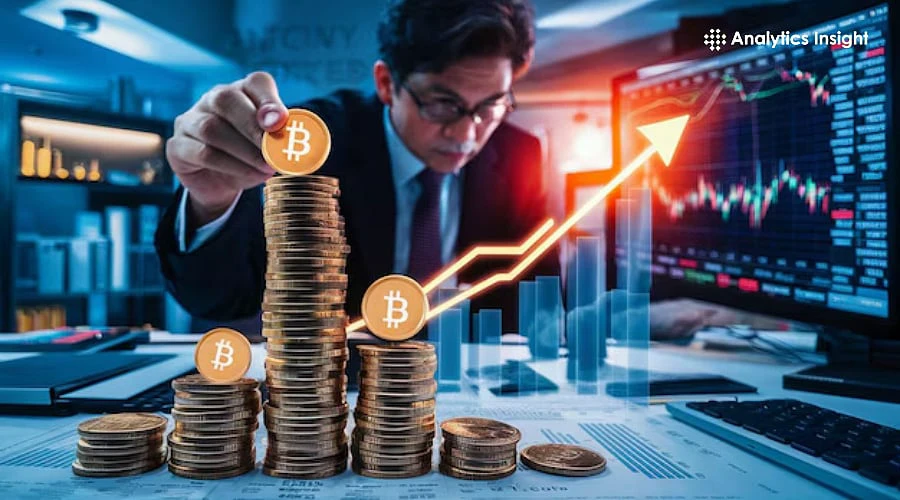Overview:
- Strong security features like cold wallets, audits, and transparency reduce major risks on any crypto exchange.
- Understanding fees, spreads, and withdrawal costs helps avoid hidden expenses in the crypto industry.
- Clear KYC and regulatory compliance ensure safer and more reliable trading environments for beginners.
Choosing a crypto exchange for the first time can be very confusing because many platforms look similar on the surface. The safest way is to compare each exchange based on security, fees, and KYC/verification rules. These factors are important as many major cybercrimes, legal actions, and regulatory changes in 2024-2025 have transformed the crypto industry. A beginner can avoid many risks by understanding what makes an exchange trustworthy and stable.
Security: The Most Important Factor
Security should always be the top priority because an exchange holds customer funds and manages large amounts of digital assets. A platform with strong security protects users from online hacks, theft, and system failures.
Cold Storage and Hot Wallets
Exchanges usually store crypto in two ways:
- (offline storage) are safer because they are not connected to the internet.
- Hot Wallets (online storage) are used for quick withdrawals but are more exposed to attacks.
Most secure crypto exchanges keep the majority of customer funds in cold storage. This helps reduce risk during cyberattacks.
Breach History and Transparency
Crypto-related thefts reported by industry trackers have crossed $2.1 billion, with a single major case involving more than $1.4 billion in losses. Therefore, checking an exchange’s past incident record is extremely important. Platforms that respond quickly, explain incidents openly, and improve systems afterward generally show stronger operational discipline.
Proof of Reserves and Audits
Proof-of-reserves reports help verify if an exchange actually holds the assets it claims. Independent audits, penetration testing, and active bug-bounty programs are also strong signs of a mature and responsible company.
Insurance Policies
Some exchanges offer insurance against theft, but it may not cover insider theft or certain types of hacking. The company should clearly explain insurance details like coverage limits, exclusions, and the name of the provider. Insurance alone is not enough, but it adds one more protective layer.
Why Investigative Reporting Matters
Recent global investigations show that even large exchanges sometimes mishandle suspicious transactions despite previous compliance agreements. This highlights the importance of not relying only on marketing claims. Independent reporting, user reviews, and expert analysis help reveal weaknesses that may not be visible on an exchange’s homepage.
Fees: Understanding Real Costs
Fee structures among exchanges can be different and significantly affect trading costs. Beginners often focus only on trading fees, but there are many hidden costs that are also important.
Maker and Taker Fees
Most exchanges use a maker-taker model:
- Maker Fees: Charged for placing orders that add liquidity
- Taker Fees: Charged for orders that remove liquidity
Surveys show typical spot taker fees lie between 0.02% and 0.10%, while maker fees range from 0.01% to 0.05%. These numbers vary depending on trading volume and membership tier.
Spreads and Price Markups
Some platforms charge low trading fees but widen the spread between buy and sell prices. This hidden cost can be significant during market volatility.
Deposit and Withdrawal Fees
Fiat deposits through credit or debit cards often come with higher fees and larger spreads. Crypto withdrawal fees also differ by exchange and by blockchain network. Some platforms use dynamic withdrawal fees that adjust based on network congestion.
For long-term holders, withdrawal fees and security matter more than small differences in maker/taker fees. It helps to compare how much it would cost to deposit, trade, and withdraw a typical amount.
Incentives and Discounts
Some exchanges offer discounts for holding the exchange’s own token, reaching high monthly trading volumes, and using certain payment methods
These incentives can reduce costs, but only if they match the user’s trading habits. For example, holding an extra token makes sense only if the savings exceed the cost of buying and holding it.
KYC and Regulation: Identity Checks and Legal Safety
KYC (Know-Your-Customer) rules require exchanges to verify the identity of their users. These rules help reduce money laundering and illegal activities.
Why KYC is Stricter Now
Global agencies like FATF introduced strict standards (Travel Rule), which require exchanges to share sender and receiver information for certain transfers. Additionally, regions like the EU have implemented updated regulatory frameworks.
Some exchanges allow limited trading with basic KYC, while others require full KYC before deposits, withdrawals, or fiat trading.
Checking Licensing and Legal Status
An exchange must operate legally in the user’s country. Many jurisdictions require licenses from financial authorities. Platforms with licenses in multiple respected regions are more likely to be stable and compliant.
Recent Enforcement Actions
Many major exchanges have faced investigations, fines, or legal restrictions. These events show how quickly the regulatory environment can shift. Before trusting any platform, it is helpful to check whether it has recently been involved in legal disputes or regulatory violations.
Final Thoughts
As beginners, crypto traders should use a platform with strong security, reasonable fees, and clear regulatory compliance. The changes quickly, so reviewing security practices, fee updates, and policies regularly ensures the safety of funds.
